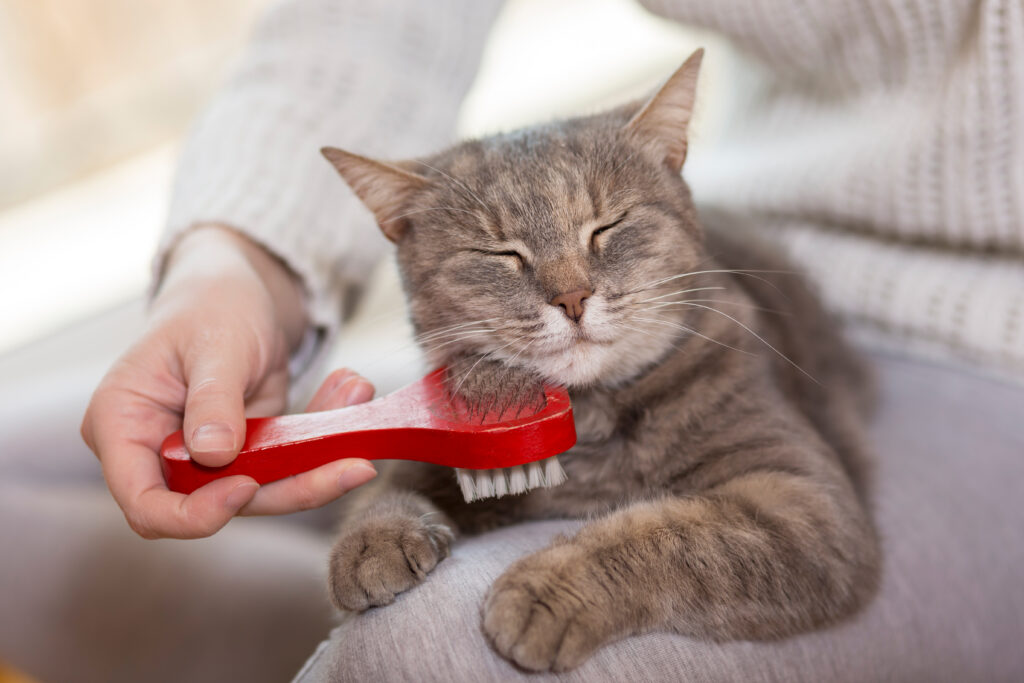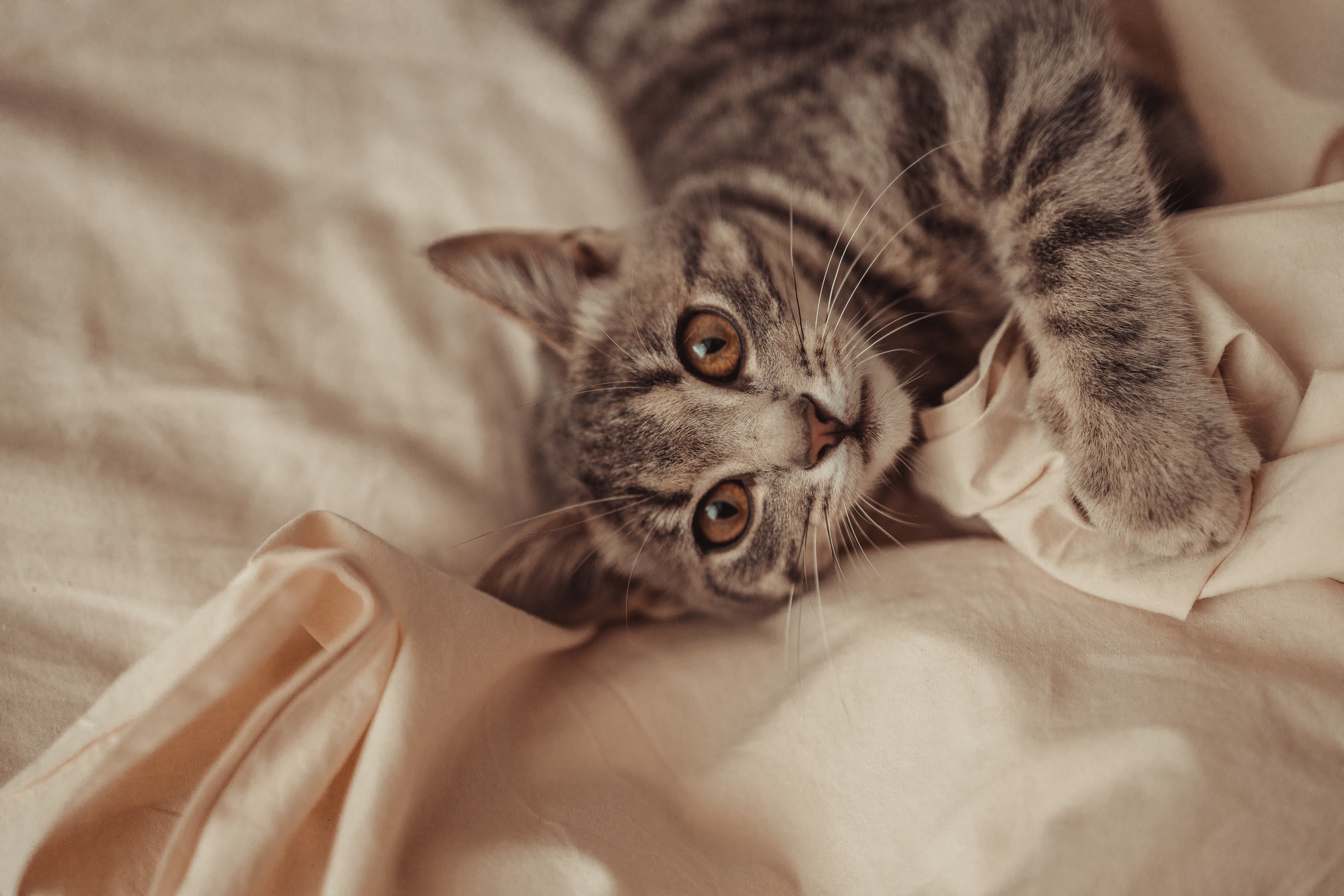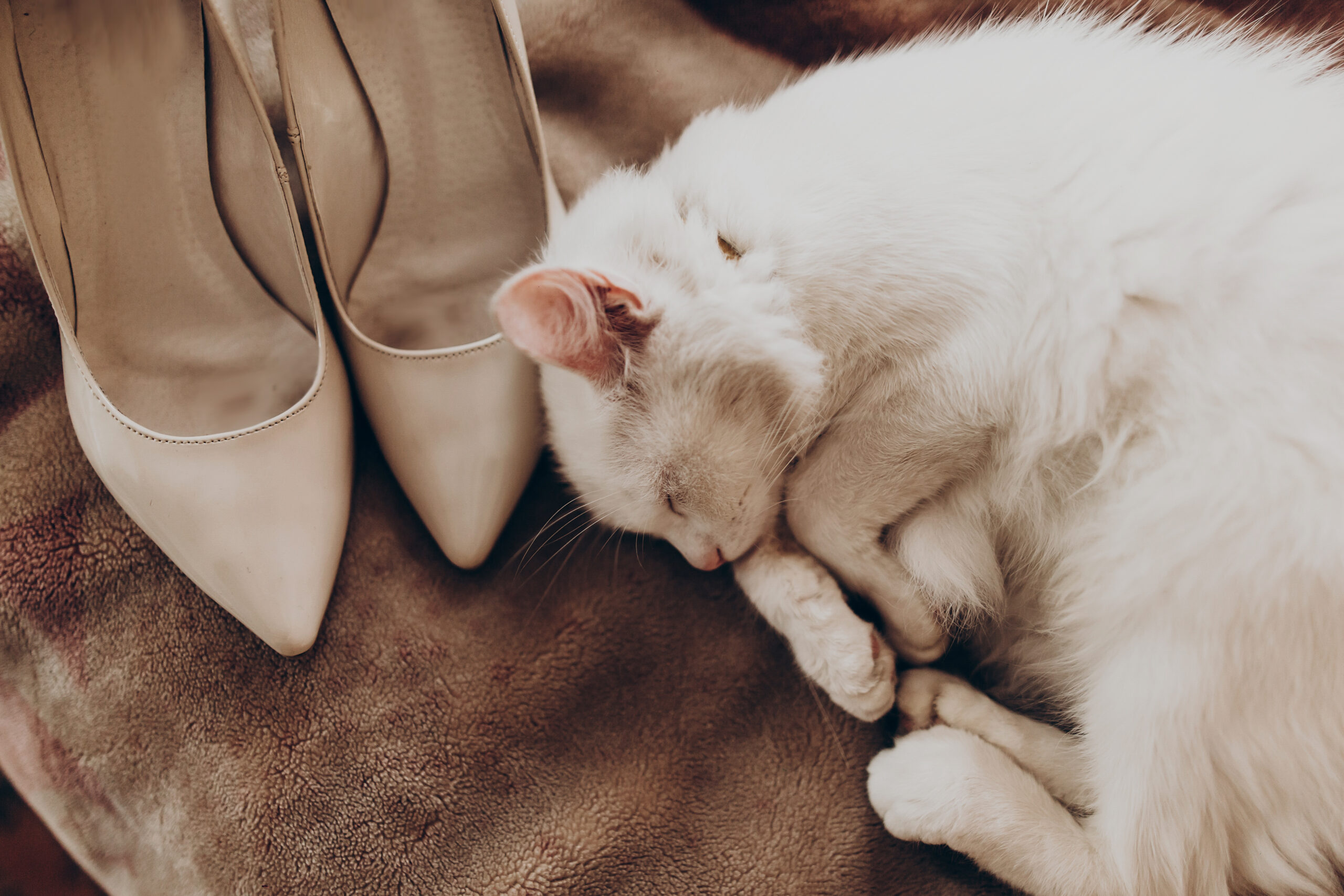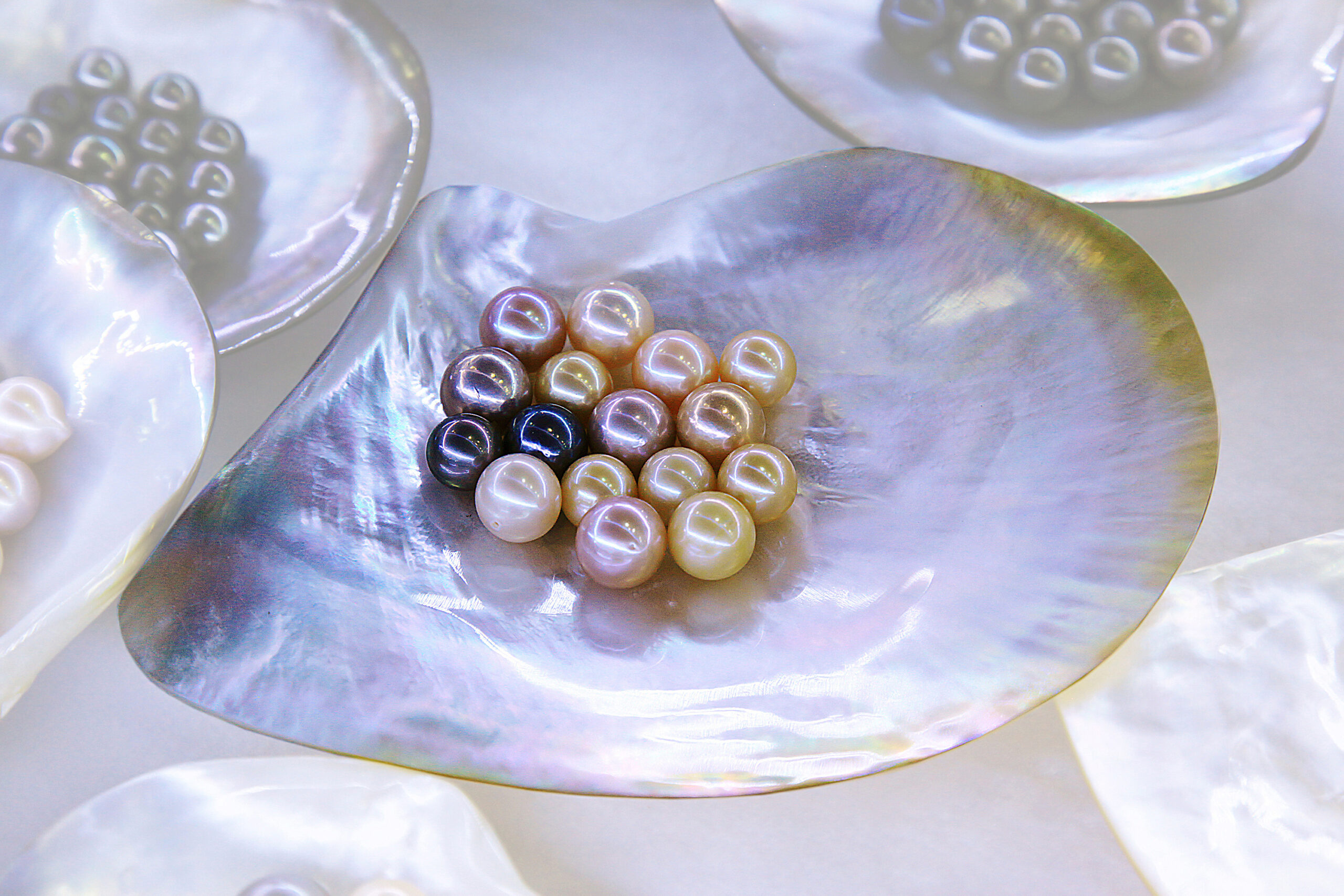If your cat has fleas, you’ll know it because they’ll start to itch and scratch, trying to get at the fleas feasting on their blood. Once you see this, it’s time to do something about it, or else your cat will start getting infections from his scratches and could even get sick or die from excessive blood loss. Here are some tricks on what to do if your cat has fleas and how to get rid of them quickly and easily so you can stop the itching and scratching.
How Did Your Cat Get Fleas?

The primary thing you need to do is figure out how your cat got fleas. Fleas typically enter a home on the family pet or another creature that has been outside. They can then jump onto humans or other animals in the house and bite them. Flea eggs are also often left behind on carpets, furniture, or even in cracks in hardwood floors for months after an infestation, and they will hatch when new blood (i.e., people) enters the environment.
Once you figure out how your cat gets fleas, it will be easier to prevent them in the future.
How To Get Rid Of Fleas On Your Cat: Step-To-Step
If your cat has fleas, don’t panic! There are a couple of methods to get rid of them.
1. Wash all the bedding and towels in hot water (if they’re white) or launder them in hot water with a detergent labeled as an insecticide. You should also vacuum the house and clean up any other areas where there might be flea dirt or an active infestation, such as under couches or chairs and around pets’ sleeping areas (beds).

2. Give your cat thorough grooming by brushing it with a fine-toothed comb and use one of the recommended natural remedies for getting rid of fleas on cats. These include dry shampooing, using vinegar; using Borax; using salt; using lemon juice; drinking herbal tea from plantain leaves to repel ticks, and getting rid of bugs.
3. Vacuum carpets and floorboards thoroughly.
4. Don’t forget to rinse off your cat after washing its fur to remove remaining fleas because they could jump back onto the animal when it shakes itself dry – make sure you have treated your home before doing this, though!
5. Keep in mind that older cats are more prone to having problems with fleas than younger ones, so keep a close eye on your furry friend.
6. In severe cases, you may need to take your cat to the vet, consult about applying a topical treatment containing an insecticide, and ask about oral prescription medication containing nitenpyram, which kills adult fleas.
Follow Up And Make Sure They Don’t Come Back
Once you’ve gotten rid of the fleas on your cat, you’ll want to ensure they don’t come back. This means regularly combing your cat with a flea comb, washing their bedding, and using a monthly preventative treatment. You should also vacuum the floors/furniture regularly. If you have other pets, ensure they are also treated for fleas.
Fleas tend to stay in one place until they die, so you won’t need to move your cat. However, if your cat is severely infested, you may want to consider getting a hotel for them while flea treatment is being applied. During that time, make sure that any room where your cat spends time doesn’t have carpets or upholstery and instead has smooth surfaces like hardwood floors.






